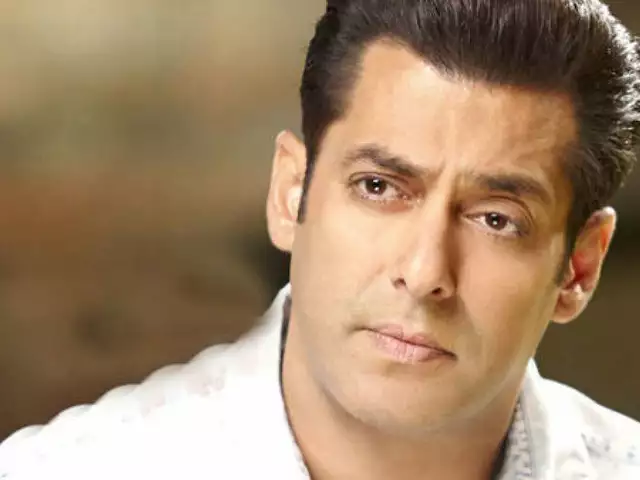Misconceptions About India & South Asia – What’s True and What’s Not
Whenever you hear a claim about India or any South Asian country, chances are it’s wrapped in a myth. Some of these ideas are harmless, others shape opinions in a big way. Below we break down the most common misconceptions and give you the straight facts you can actually use.
Food Is Always Super Spicy
Many people think every Indian dish burns your mouth, but the reality is far richer. Indian cuisine is a tapestry of flavors—sweet, sour, salty, and yes, sometimes hot. Regions like Gujarat favor milder, sweeter dishes, while Kerala leans toward spice. Even within a single state you’ll find a range from bland dal to fiery curry. So, if you order a plate of butter chicken, don’t brace for a fire‑storm unless you ask for extra chilies.
Poverty Means Living in Total Darkness
Another big myth is that the poor in India live in hopeless conditions with no access to basic services. While challenges like overcrowded slums and limited clean water exist, many households have smartphones, watch TV, and send kids to school. Government schemes and NGOs are working to improve sanitation and health. The picture isn’t all gloom; resilience and community support play a huge role in everyday life.
Political misconceptions also run deep. For instance, some think that Uttar Pradesh could or should be “kicked out” of India because of its size and problems. In reality, the state is a core part of the nation’s democratic fabric, contributing the most seats in Parliament and a massive cultural legacy. Removing it would break the very idea of a united country.
Legal stories often get twisted too. The bail hearing of activist G. Navlakha was framed as a secret plot against dissent, yet it’s a routine part of the judicial process where any accused gets a chance to argue for release. The Supreme Court’s role is to ensure fairness, not to stunt activism.
Even celebrity news can fuel myths. When Salman Khan was acquitted in a hit‑and‑run case, some fans saw it as proof that the rich are above the law. Others pointed out that the court found insufficient evidence. The verdict shows how complex legal standards can be, rather than a simple “justice for the powerful” narrative.
Technology myths pop up as well. Rumors that the Mi Max 3 launch date is set for 2024 keep circulating, but without an official announcement it’s just speculation. The smartphone market moves fast, and leaks often turn out wrong. Stay tuned to brand releases instead of chasing every rumor.
Historical misconceptions linger, too. The Spanish missions in California are sometimes credited to a single builder, but they were a collaborative effort led by Father Junípero Serra and supported by soldiers, indigenous labor, and colonial authorities. Understanding the full story prevents oversimplification.
Finally, salary comparisons can mislead. Saying “the average Indian salary is $1,964 a year” sounds shocking compared to the U.S., but it ignores cost‑of‑living differences, purchasing power, and the fact that salaries vary widely across sectors. IT professionals in Bangalore earn far more than the national average, while rural workers earn less.
Bottom line: myths about South Asia thrive because they’re easy to repeat. The truth is messier, but also more interesting. Whenever you hear a bold claim—whether about food, politics, or tech—look for data, ask local voices, and remember that every region has layers you can’t capture in one soundbite.
The US often gets Indian food wrong due to cultural misunderstandings. Dishes like tikka masala, which is a British invention, are mistakenly perceived as Indian. Indian cuisine is not just a single type of food but rather a vast array of regional dishes and flavors. Each region has its own unique set of ingredients, spices, and flavors that make up its cuisine. Furthermore, Indian food can range from the mild and subtle to the fiery and intense. To truly appreciate and understand Indian food, one must take the time to explore all its nuances and complexities. It is important to appreciate the culture that has shaped the cuisine and understand the differences between regions.




